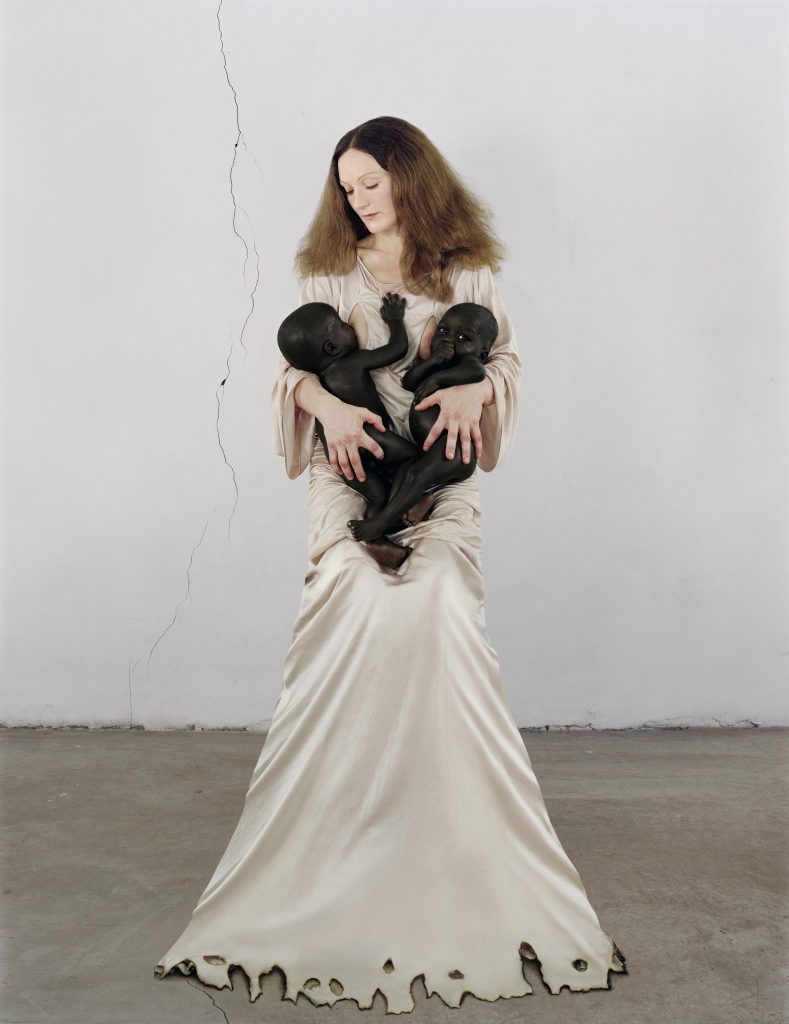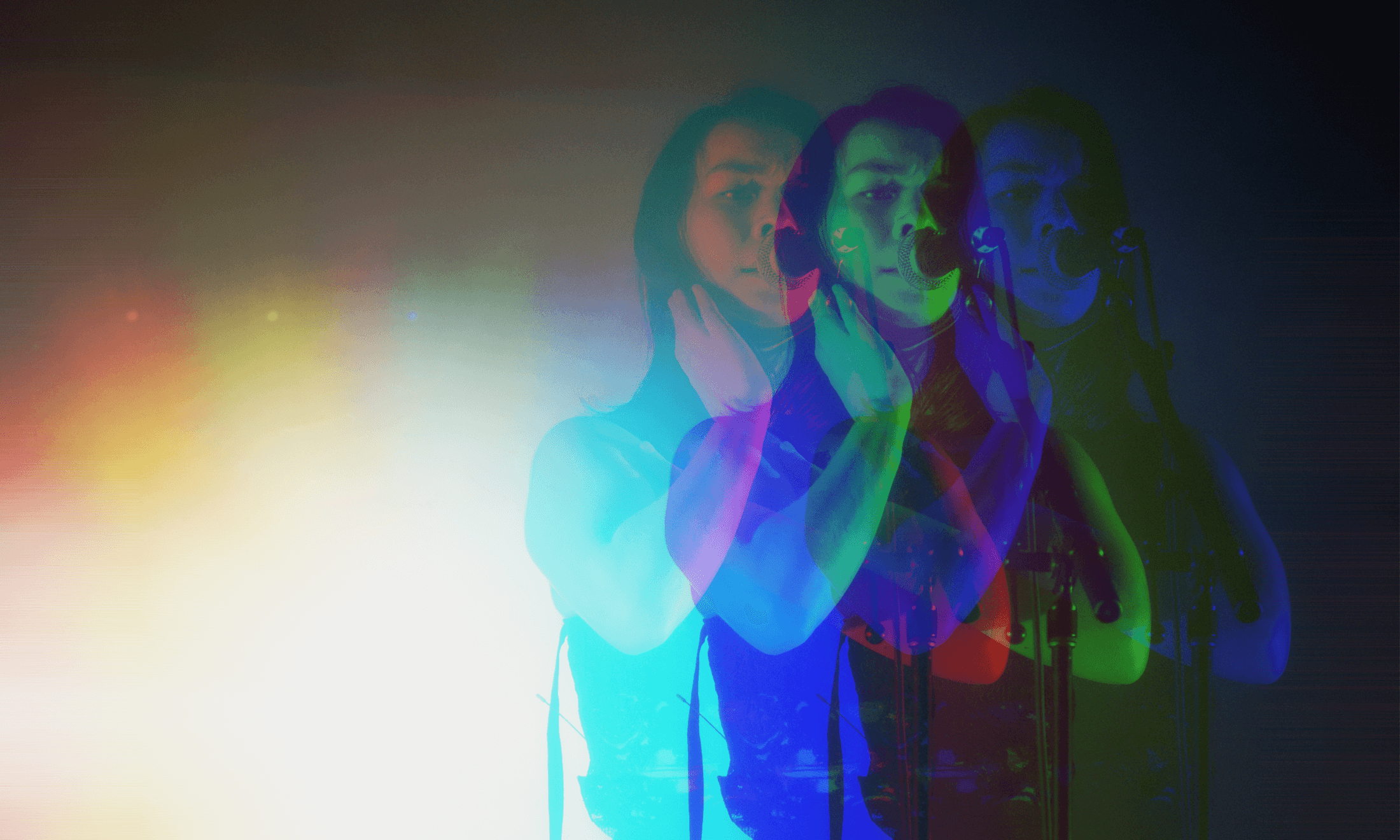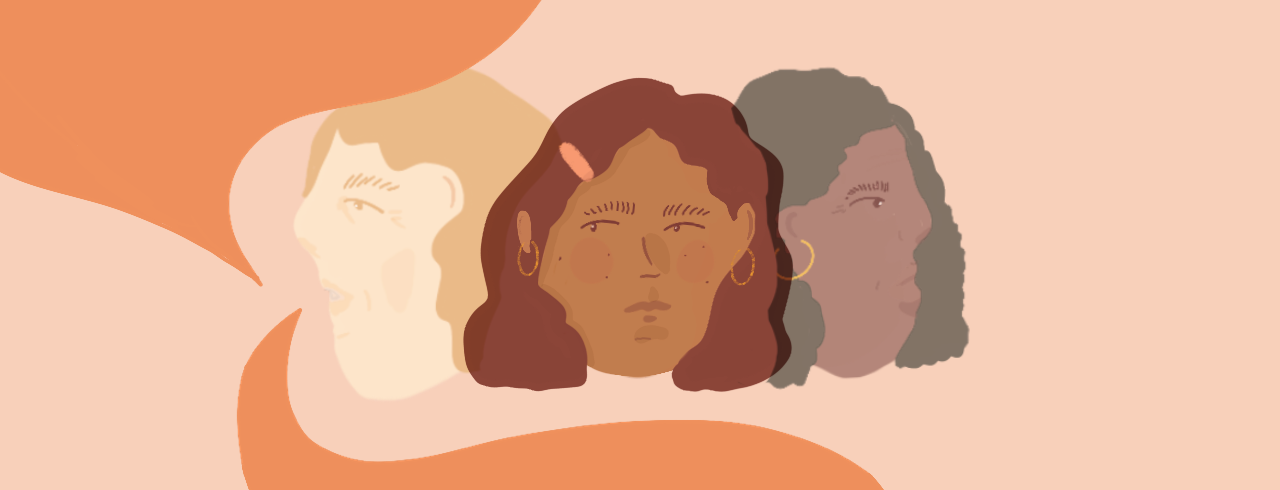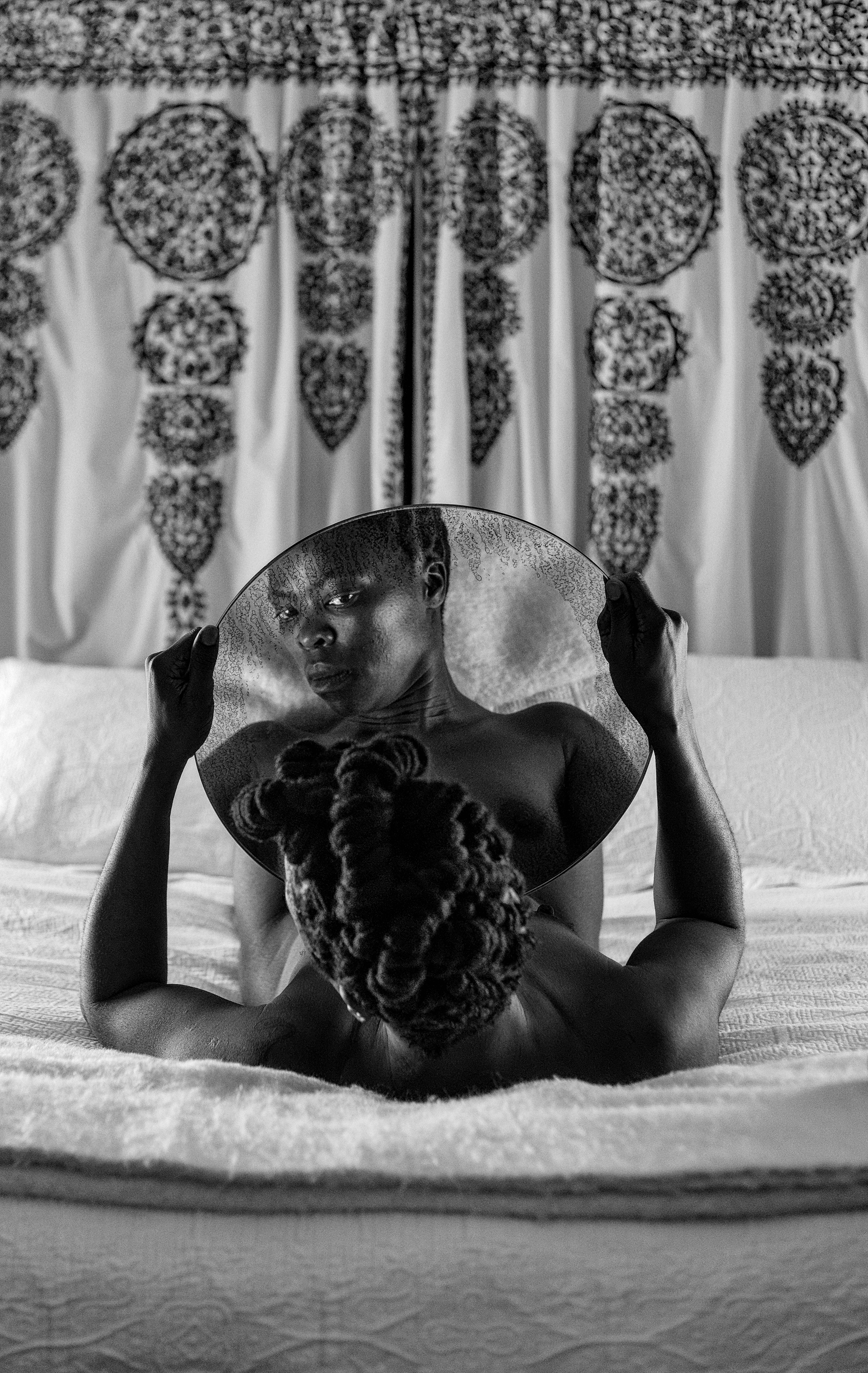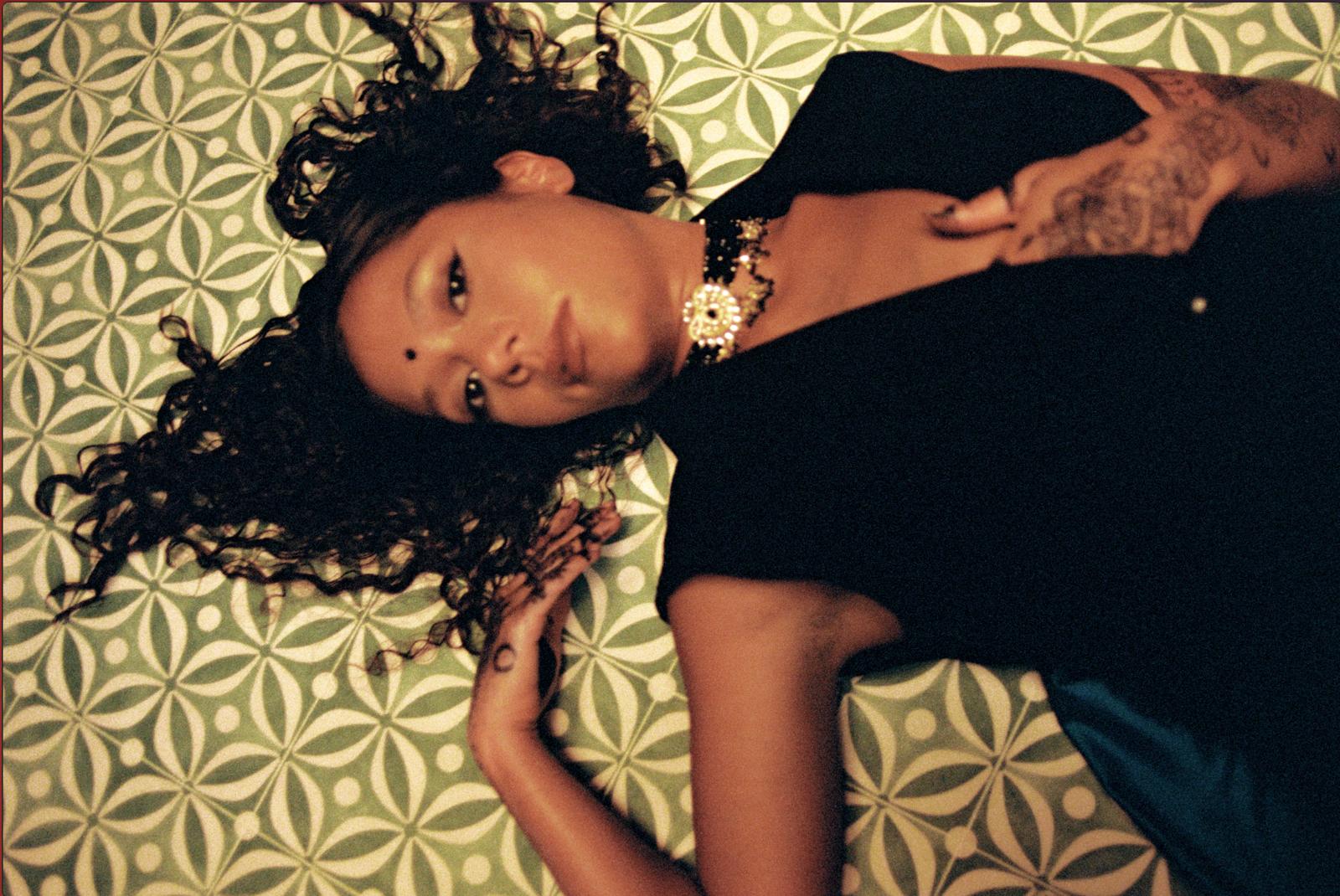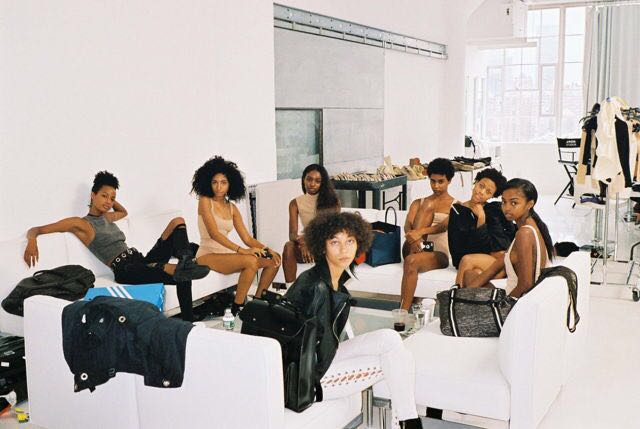
My relationship with Kanye West is long and full of near unconditional love. But, this week, it became even more strained. Yet again, he tested the boundaries when he posted the invitation for the casting call of Yeezy Season 4 (his clothing brand) on Twitter calling for “multi-racial women only”.
Like a lot of the internet, I was very confused as to what he actually meant by “multi-racial”.
All other Yeezy seasons have been praised for the diversity in models rarely seen in runway shows. Would it mean that he was straying from his generally successful recipe?
“Multi-racial” is a term that can be interpreted in different ways and doesn’t necessarily exclude darker black women. Teyana Taylor, the dark-skinned star of Kanye’s ‘Fade’ music video and an artist signed to his GOOD Music label, is multi-racial due to her mixed African-American and Indo-Trinidadian heritage. And, in fact, the US Census Bureau estimated in 2002 that over 75 percent of all African Americans had multiracial ancestry.
However, colloquially it is used to suggest a mixture which includes European and/or white heritage, resulting in a lightskin person of colour. Several bloggers that attended the casting described those queuing to be primarily light skinned black women, so it’s likely that most of the people that saw the casting call interpreted it that way too, even if that wasn’t the intended effect.
One of the black women that decided to attend the casting call was journalist Ivie Okechukwu-Ani. When speaking with others it was clear that lighter skinned girls were given preferential treatment and were more likely to be pulled from the line than their darker skinned counterparts.
Okechukwu-Ani describes the experience of one brown skinned black woman that reached the front of the line before the casting was ended: “Her friend, who she described as ‘black but very, very fair-skinned’ was chosen by a director to enter the studio, but she wasn’t. A slim, light-skinned black woman wielding a Wilhelmina model portfolio spent thirty minutes trying to explain to security that her agency booked her to be at the Yeezy casting, but they refused to let her in. Moments later, the gatekeepers let in three other models, two white and one Asian.”
Some might argue that it is possible that the directors acted on their own prejudices rather than on the instructions of Kanye but he has a history of preferring the “aesthetics” of lighter skinned black women.
The #DayOnes like myself might remember hearing about his infamous 2006 Essence Magazine interview where he somehow managed to fetishise and slur multi-racial women in one sentence. In it, he stated: “If it wasn’t for race mixing there’d be no video girls. Me and most of our friends like mutts a lot. Yeah, in the hood they call ‘em mutts.”
I would like to state I am not a black American so I can’t confirm if the use of slurs to describe women of mixed ethnic heritage is truly as widespread in the working class black neighbourhoods as Kanye claimed. But, although this interview was published a decade ago, these statements can’t be passed off as the comments of an immature teenager, he was almost 30-years-old at the time.
From this quote, the only point I can confirm that is true is that most video girls in post 2000s rap and hip-hop videos are lightskinned black, latinx or white. The fetishisation of lighter skinned women, particularly those with features often stereotypically assigned to black women, such as larger bums, smaller waists and larger breasts, means that they are heavily represented in modern hip hop videos (see Drake’s ‘Hotline Bling’).
The immediate accusations of colourism in this casting call meant that it could not be ignored during his interview with Vogue the day before the show. In this interview, Kanye says that the concept of using multi-racial women came from discussions with his collaborator Vanessa Beecroft. Once described as a “hypocritically self-aware narcissist” after the screening of her documentary centred on her attempt to adopt her “muses”, Sudanese twin babies Madit and Mongor Akot, Beecroft is a controversial figure. Critics were torn over whether the artwork resulting from her attempt at adoption was exploitative, and her othering of Sudanese culture was evident throughout the film, particularly when she conducted a nude photoshoot in a church which resulted in uproar from women in the local community.
Nevertheless, in the same interview, Kanye also clarified that he did not mean to exclude darkskin black women but struggled to find a term to accurately describe that he wanted “all variations of black”, and ultimately, the show reflected this showcasing his new designs on models in a range of skin tones not just lightskin black women as was assumed. There were also accusations of neglect after several models collapsed in the NY heat (which I can vouch is not a joke). It’s worth noting that this treatment, though deplorable, is not uncommon in the fashion industry.
This isn’t a problem exclusive to the music industry. A recent article published in the New York Times directly compared Viola Davis to lighter skinned actresses Halle Berry and Kerry Washington, commenting that she was clearly less “classically beautiful” and therefore less likely to receive a leading role: “Ignoring the narrow beauty standards some African-American women are held to, [Shonda] Rhimes chose a performer who is older, darker-skinned, and less classically beautiful than Kerry Washington, or for that matter, Halle Berry,” wrote Alessandra Stanley.
Colourism in the media and in fashion is reflective of the views of wider society, and if we look in popular culture we can see that lighter-skinned black women are much more celebrated than their darker counterparts. It is great that black women like Beyoncé are dominating the charts right now, but it is telling that very few of the black women receiving chart success, or being featured on magazine covers, are dark skinned. Because of this, maybe next time someone should tell Kanye to write “all variations of black” on his casting call.


